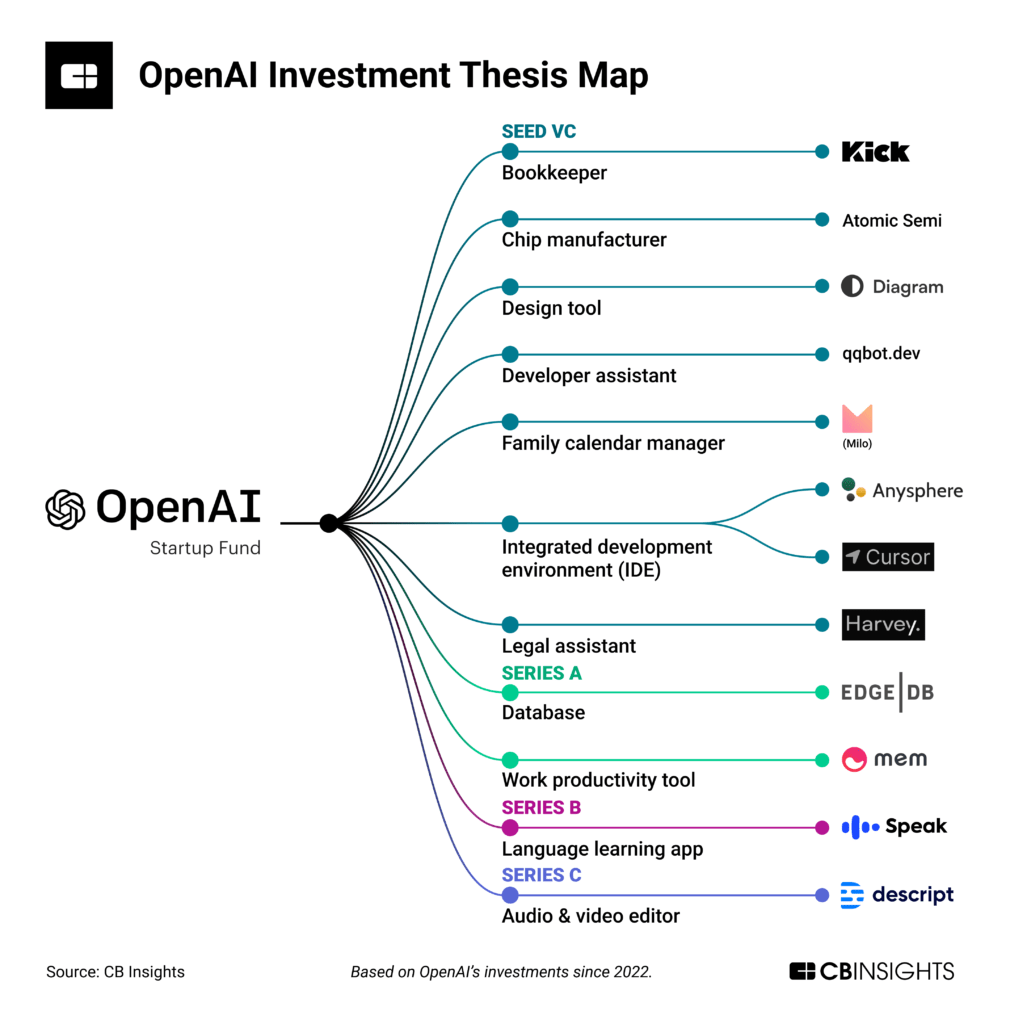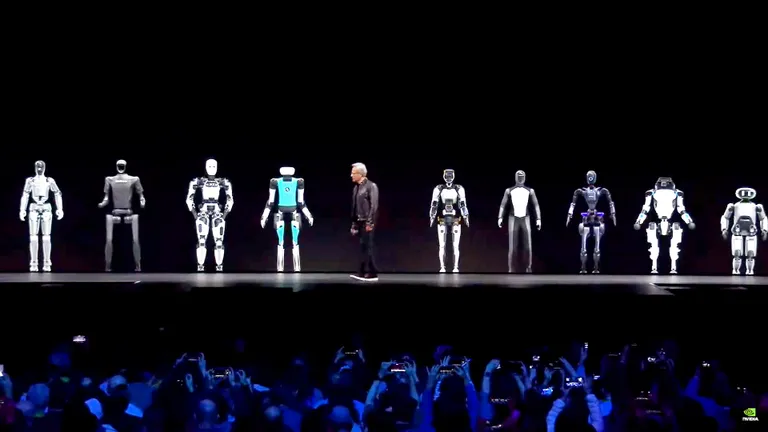This article was first published on blog.nordicsemi.com
Cities around the world are experiencing a period of rapid expansion. According to the United Nations (UN), 57 percent of people already live in urban areas – and this is set to increase to almost 70 percent by 2050.
The environmental cost of urbanization
This societal shift is exerting a considerable environmental impact. The volume of solid waste generated by urban areas is anticipated to increase from 1.8 billion tonnes in 2016 to an estimated 3.1 billion tonnes by 2050. The World Health Organization (WHO) reports that 9 out of 10 individuals in urban settings are already exposed to polluted air, and nearly 40 percent lack access to safe sanitation and clean water, posing significant health risks.
Despite these challenges, current waste removal methods remain outdated and inefficient. A study conducted by Ventia in New Zealand revealed that a substantial portion of collected garbage bins were frequently empty, with 10 percent of bins in high-traffic areas refilling within just three to four hours. This uneven utilization not only results in the wastage of time and resources but also contributes to increased exhaust emissions from the trucks responsible for bin collection.
Moreover, traditional approaches to air quality monitoring face their own set of flaws. The existing monitoring equipment is both large and costly, restricting the coverage and frequency of data collection. These stationary monitoring stations often provide data for specific locations, failing to capture the dynamic nature of air quality in urban environments.
Optimizing waste collection with cellular IoT
The cellular IoT has opened the door to a new approach to maintaining clean cities. Low-cost and widely deployed wireless sensors monitor relevant conditions—like full rubbish bins or changes in air quality—and then, using network connectivity, the sensors can send that data to city administrators. When combined with AI and data analytics, the information can lead to more environmentally friendly decisions.
For example, ‘smart bin’ solutions already use sensors to monitor gas and humidity levels, allowing them to detect when bins need to be collected. Christian Wedekind, Senior Product Manager at adhoc networks—a developer of a smart waste solution based on Nordic’s nRF9160 SiP and cellular IoT connectivity—claims solutions like these have reduced waste disposal emissions by 40 percent.
In addition to using cellullar IoT tech to reduce the number of trips, AI solutions are optimizing the garbage collection routes. Ventia discovered that the technology shortened route times from seven-and-a-half hours to four. As a result, the company reduced its truck fleet by eight vehicles, decreased carbon emissions, and generated less noise pollution.
Dynamic air pollution monitoring
A 2017 report found that 95 percent of London’s population has been exposed to air pollution levels exceeding WHO limits by more than 50 percent. To address this issue, a proof-of-concept in Greenwich, in collaboration with GSMA, employed portable air quality sensors on people, bikes, vehicles, and buildings. This allowed the devices to measure air quality at many different locations throughout the day.
While dynamic tracking like this doesn’t directly reduce air pollution, it does provide authorities and policymakers with much more specific data so they can understand the root causes and introduce targeted solutions. These include introducing increased toll pricing in high-traffic areas, restricting or closing pollution-heavy facilities, and building support for longer-term plans, like new public transport systems powered by renewable energy.
Combatting invisible wastewater issues
IoT solutions are also helping cities gain visibility into sewerage issues and manage them before they cause problems. Take, for example, the ART Sewer wastewater and sewerage spill monitoring solution by Metasphere. This compact, battery-powered device fits under a manhole cover where it measures wastewater levels using radar every 15 minutes. Using cellular connectivity, it transmits this information to a data analytics platform, helping prevent wastewater spills caused by heavy rain, blockages, or damaged pipes.
Products that can detect leaking pipes—especially in below-ground applications where they may not be visible otherwise—can help by warning companies before there’s significant damage. Predictive maintenance—which uses AI and sensor data to identify signs of future servicing needs—can also benefit sewerage systems by preventing any leaks or broken pipes before they even occur.
The benefits of cellular connectivity
According to the Financial Times, while sensors are getting cheaper, the need for connectivity, computing power, and energy to collect, transmit, and analyze data remains a barrier.
Fortunately, the rise of cellular IoT is helping address these issues. Cellular technologies not only offer great coverage in cities, but are also ideal for IoT applications, especially when long battery life is needed. LTE-M supports mobile applications like tracking garbage trucks, while NB-IoT is more suited to stationary devices in areas with poor network coverage, such as sewer monitors.
Whether it’s measuring water levels, temperatures, or the health of critical infrastructure, the IoT will soon become vital to cities because the cost of addressing the negatives impacts of these challenges is much higher than solving them with technology.































